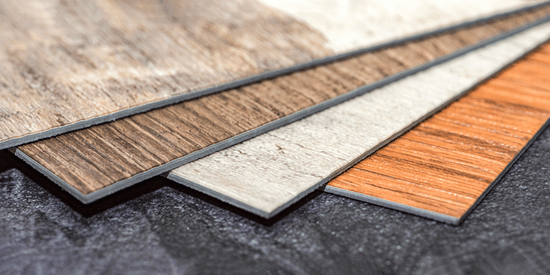
Properties and Overview of PTT (Polytrimethylene Terephthalate)
Overview:
 PTT (Polytrimethylene Terephthalate) is a high-performance thermoplastic polyester known for its excellent durability, elasticity, and resilience. As a versatile material that bridges the gap between traditional polyesters like PET and engineering plastics, PTT is widely used in applications where flexibility, stain resistance, and environmental sustainability are critical. Its unique properties make it popular in textiles, carpets, and industrial products.
PTT (Polytrimethylene Terephthalate) is a high-performance thermoplastic polyester known for its excellent durability, elasticity, and resilience. As a versatile material that bridges the gap between traditional polyesters like PET and engineering plastics, PTT is widely used in applications where flexibility, stain resistance, and environmental sustainability are critical. Its unique properties make it popular in textiles, carpets, and industrial products.
Production:
The production of PTT involves the polymerization of 1,3-propanediol (PDO) and terephthalic acid (or its dimethyl ester). The use of bio-based PDO, derived from renewable resources such as corn glucose, has significantly enhanced the sustainability of PTT production, making it an environmentally friendly alternative to other synthetic materials. PTT's semicrystalline structure imparts excellent mechanical properties, and it can be processed through methods like extrusion, injection molding, and fiber spinning, allowing manufacturers to create a wide variety of products tailored to specific needs.
Applications:
PTT is widely used in the textile and carpet industries due to its softness, stretch recovery, and stain resistance. In textiles, it is used to produce fabrics that are durable, wrinkle-resistant, and easy to dye, making it ideal for apparel and upholstery. In the carpet industry, PTT fibers are valued for their resilience, vibrant color retention, and ability to resist staining, offering long-lasting performance in residential and commercial flooring. PTT is also employed in automotive applications, such as seat covers and interior trims, where its durability and flexibility enhance comfort and longevity. Additionally, PTT finds applications in industrial sectors for conveyor belts, hoses, and other components that require high wear resistance and elasticity.
Summary:
Polytrimethylene Terephthalate (PTT) is a versatile and sustainable polymer that combines durability, elasticity, and environmental benefits. Its unique properties and adaptability to various applications ensure its continued relevance across textiles, carpets, automotive, and industrial manufacturing industries. As demand for eco-friendly materials grows, PTT's use of renewable resources and high-performance characteristics position it as a key material for addressing sustainability and innovation challenges in modern production. Its enduring significance highlights its importance in advancing both industry and environmental goals.
See a comprehensive list of electrical, mechanical, physical and thermal properties for PTT (Polytrimethylene Terephthalate) below:
Electrical Properties of PTT (Polytrimethylene Terephthalate)
Unfamiliar with a property? Click it's description to be given a full definition in the GLOSSARY
See properties and overview for
ALLOYS and CHEMICAL ELEMENTS
popular in engineering
Require different units not displayed?
CONVERT VARIOUS UNITS HERE
Mechanical Properties of PTT (Polytrimethylene Terephthalate)
Unfamiliar with a property? Click it's description to be given a full definition in the GLOSSARY
See properties and overview for
ALLOYS and CHEMICAL ELEMENTS
popular in engineering
Require different units not displayed?
CONVERT VARIOUS UNITS HERE
Physical Properties of PTT (Polytrimethylene Terephthalate)
Unfamiliar with a property? Click it's description to be given a full definition in the GLOSSARY
See properties and overview for
ALLOYS and CHEMICAL ELEMENTS
popular in engineering
Require different units not displayed?
CONVERT VARIOUS UNITS HERE
Thermal Properties of PTT (Polytrimethylene Terephthalate)
Unfamiliar with a property? Click it's description to be given a full definition in the GLOSSARY
See properties and overview for
ALLOYS and CHEMICAL ELEMENTS
popular in engineering
Require different units not displayed?
CONVERT VARIOUS UNITS HERE
 ADDED TO MY FAVORITES!
ADDED TO MY FAVORITES! REMOVED FROM MY FAVORITES!
REMOVED FROM MY FAVORITES!